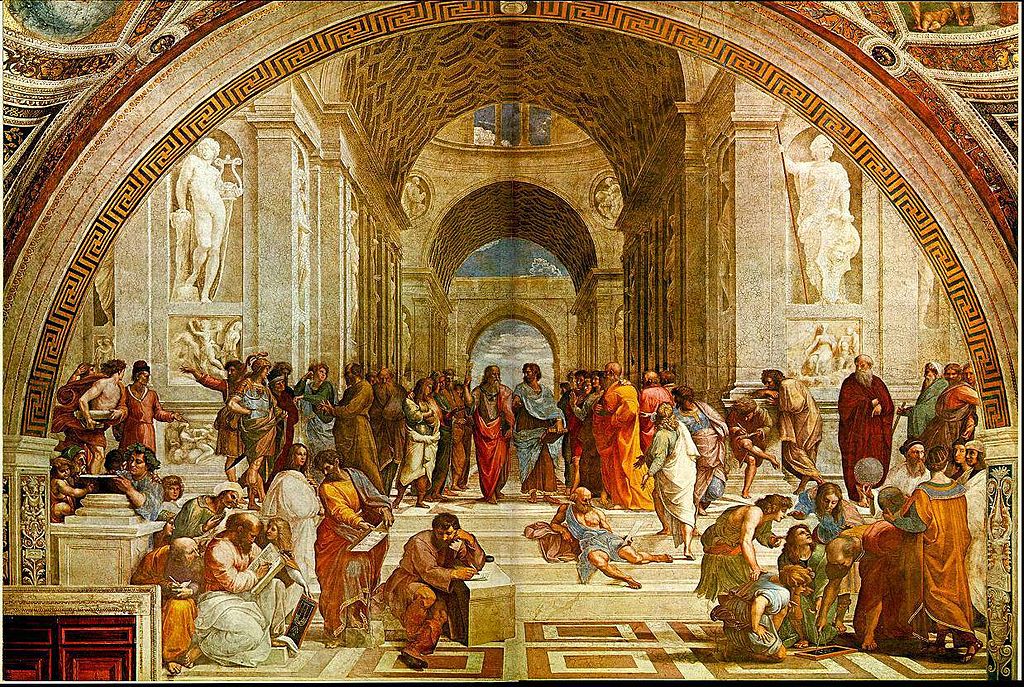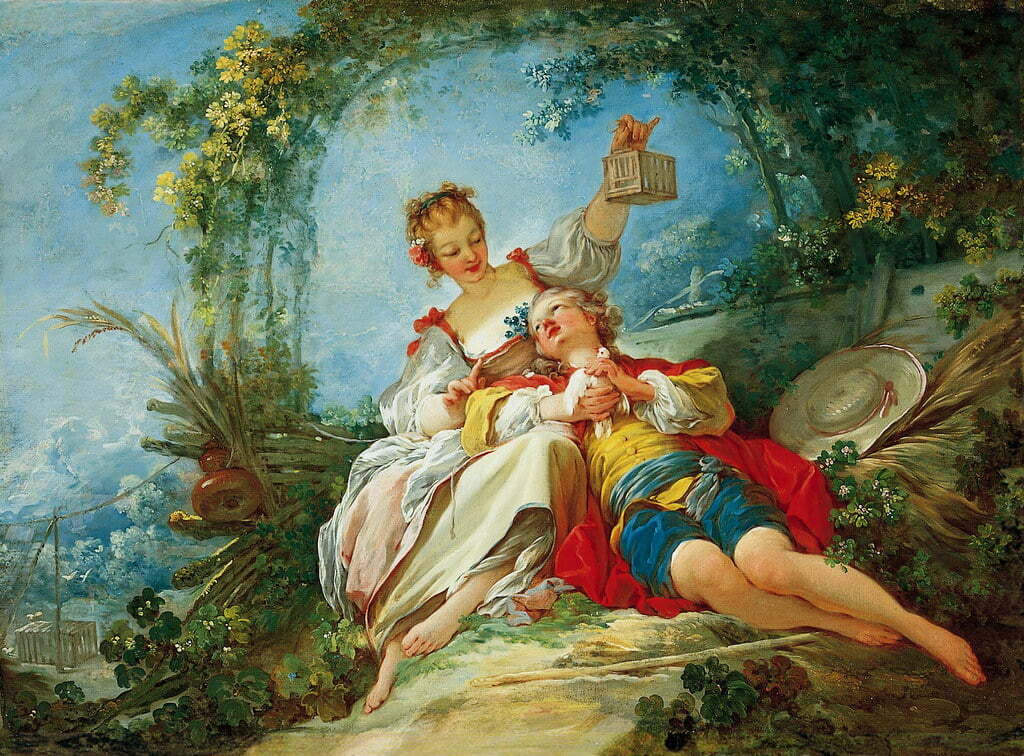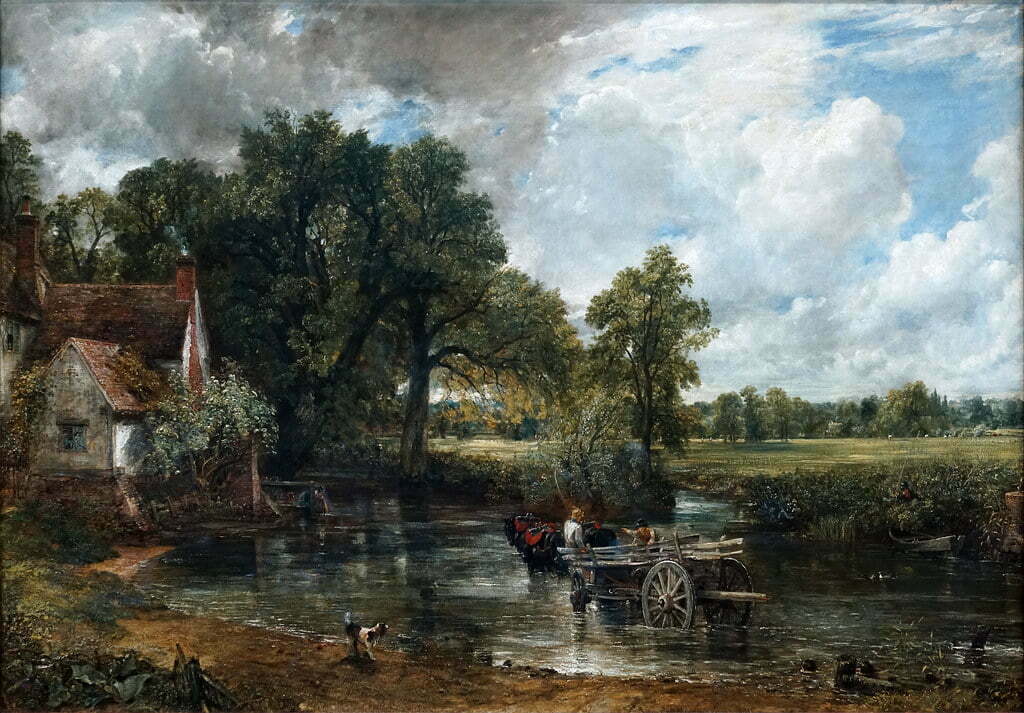No products in the cart.
Major Art Movements, Part 1
Contributed by Jacquelyn Olalere
MAJOR ART MOVEMENTS
The world and civilization have progressed over the years and centuries through art. From the cavemen era to this technology-led age that we live in, art has constantly played a vital role in the highs and lows of trends, their introduction into the world, and even shaping the history of an entire century. Often, you’d hear people say art is a reflection of time, and if you do think about it, you can trace the growth and development of a nation by tracing its art history. We have put together three art movements that have led to some of the world’s greatest treasures. These include;
1. Italian Renaissance
Artists like Michelangelo, Leonardo da Vinci, Raffaello Sanzio, Titian, and other famous and influential artists are all Italian renaissance artists who drew inspiration from the classical art of Ancient Greece and Rome, embracing interests like balance, perspective, and naturalism. The term “Renaissance” came from the Italian word Rinascimento which means Rebirth. This period lasted through the 14th to 17th century, when Italy saw increased attention to art, architecture, and other cultural subjects.
Some famous paintings birthed by this movement include the Mona Lisa and The Last Supper by Leonardo da Vinci, David by Michelangelo, and School of Athens by Raphael.

2. Rococo
This lighthearted movement grew and spread in France around the 18th century and was primarily influenced by the Venetian School’s use of erotic subjects, arcadian landscapes, and color. The name was derived from an ornamental style of using pebbles and shells typical of grottos and fountains in the renaissance movement. The ornamental style inspired exuberant decoration involving scrolling curves carved into decorative furniture and interior design.
The decorative style took a flirtatious direction, leading to more frequent use of pastel colors, whimsical narratives, and fluid forms during the 1730s. Artists who drew inspiration from this movement include Jean-Honore Fragonard, Francois Boucher, Thomas Gainsborough, and Antoine Watteau.

3. Romanticism.
Towards the end of the 18th century, this movement emerged from Europe and stormed the artistic, intellectual, literary, and musical society. It peaked from 1800 to 1850 approximately in other parts of the world and is mainly known for its emphasis on emotion, suspicion of science, individualism, idealization of nature, and even clandestine literature. Romanticism played a significant role in education, the natural sciences, social sciences, nationalism, and even chess. However, visual arts, music, and literature felt the most effective of romanticism. It attracted emphasis to emotions like fear, awe, love, and horror for aesthetic experience.
Prominent artists of this movement include Thomas Cole, Francesco Hayez, Francisco Goya, William Blake, and many more. Liberty leading the people by Euglena Delacroix, The Raft of Medusa by Theodore Gericault, The Hay Wain by John Constable, and Wanderer Above The Sea of Fog were a few of the many notable arts produced by the movement.
From the early centuries to our current technology-led century, art has, and always will, play an important role where history and civilization are concerned. Humanity itself and its evolution is art, after all.



